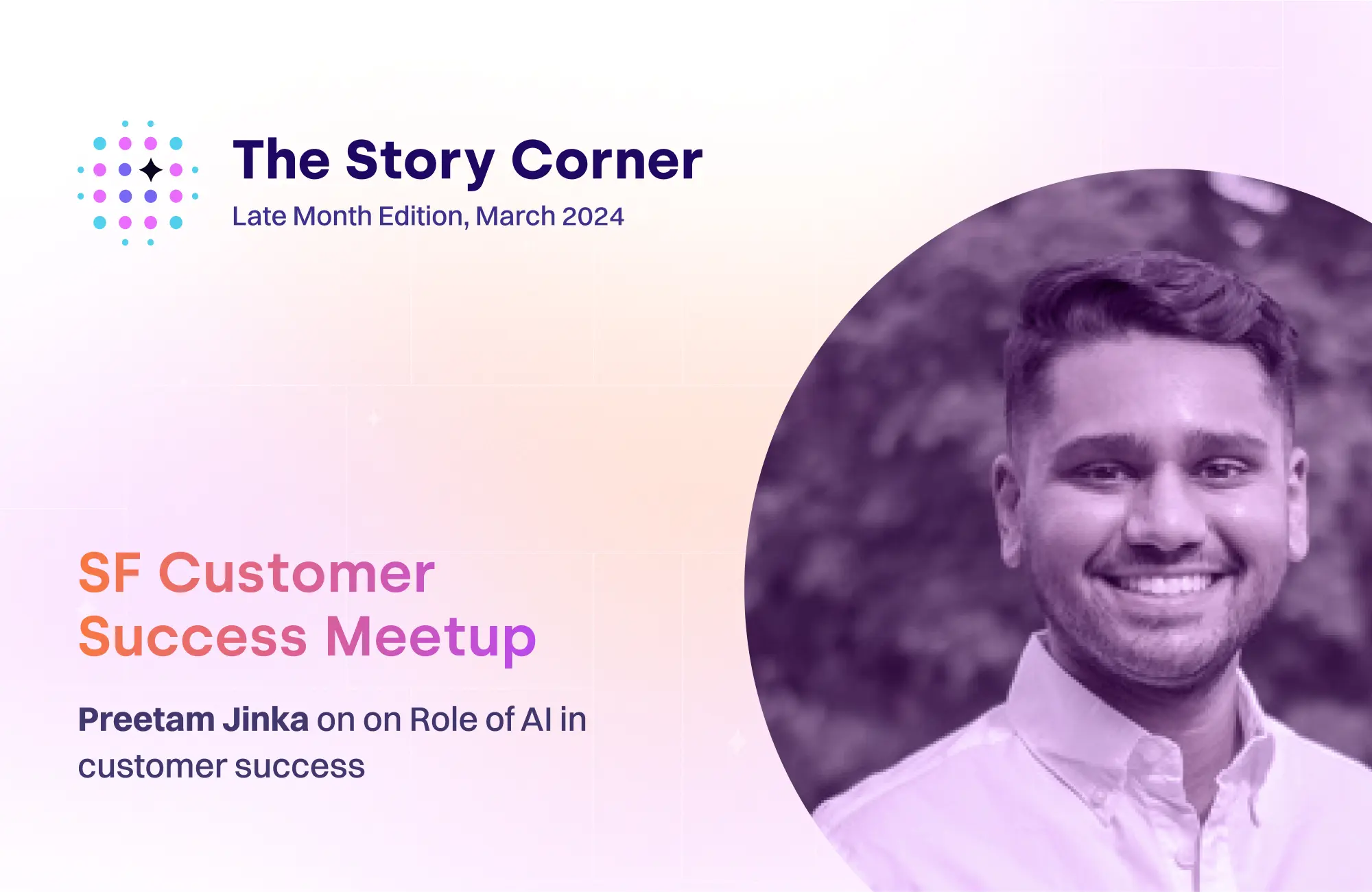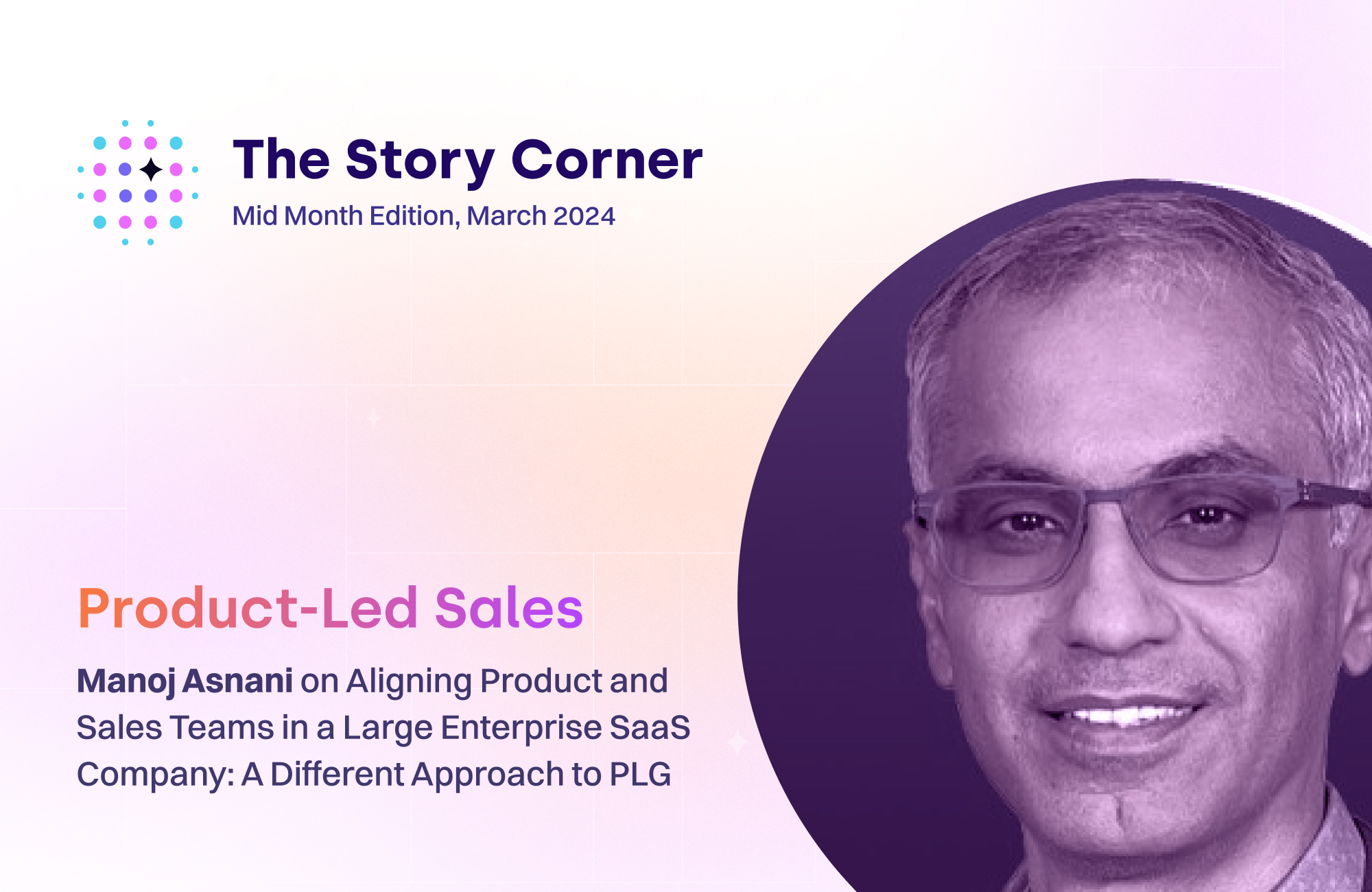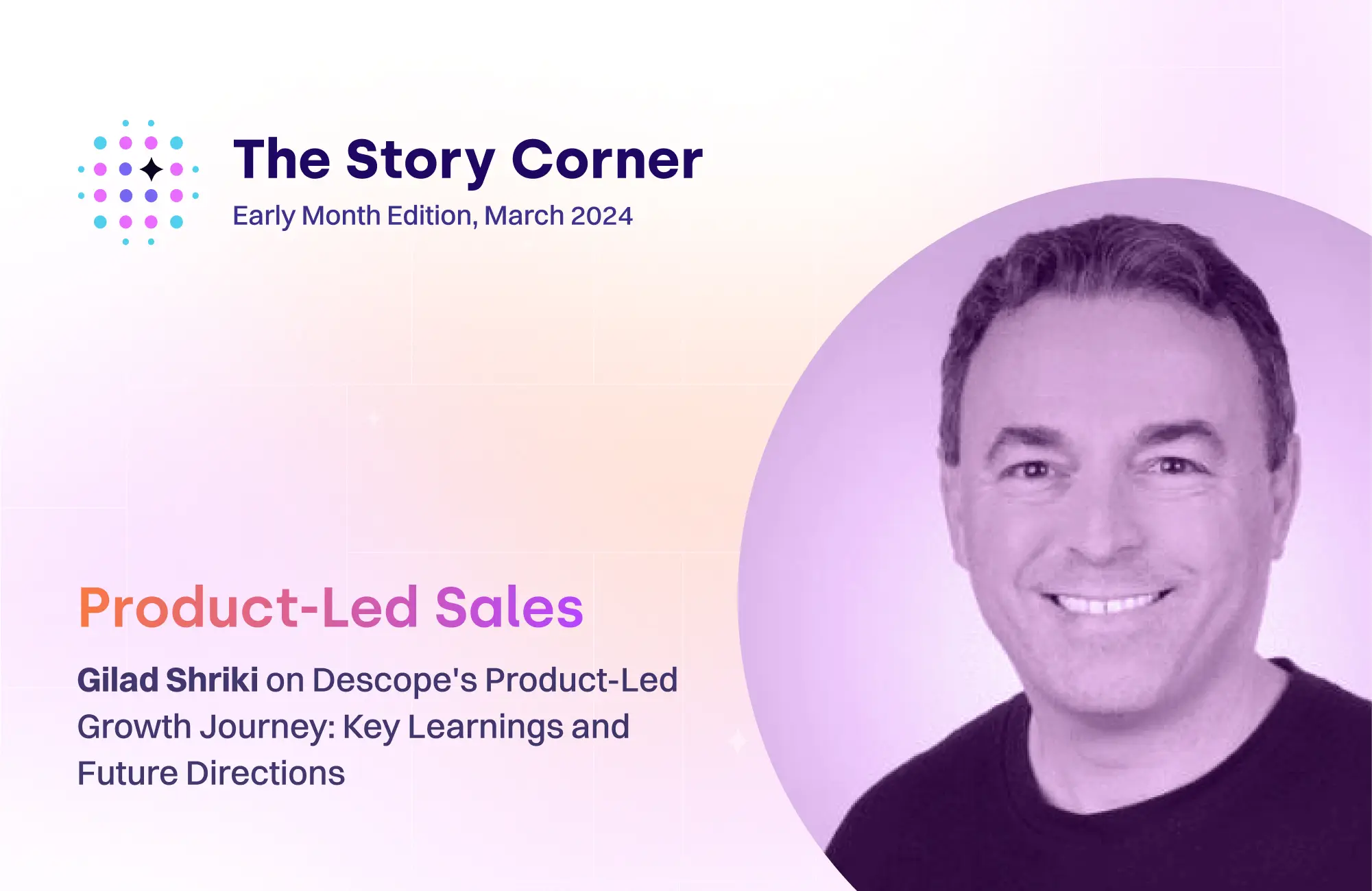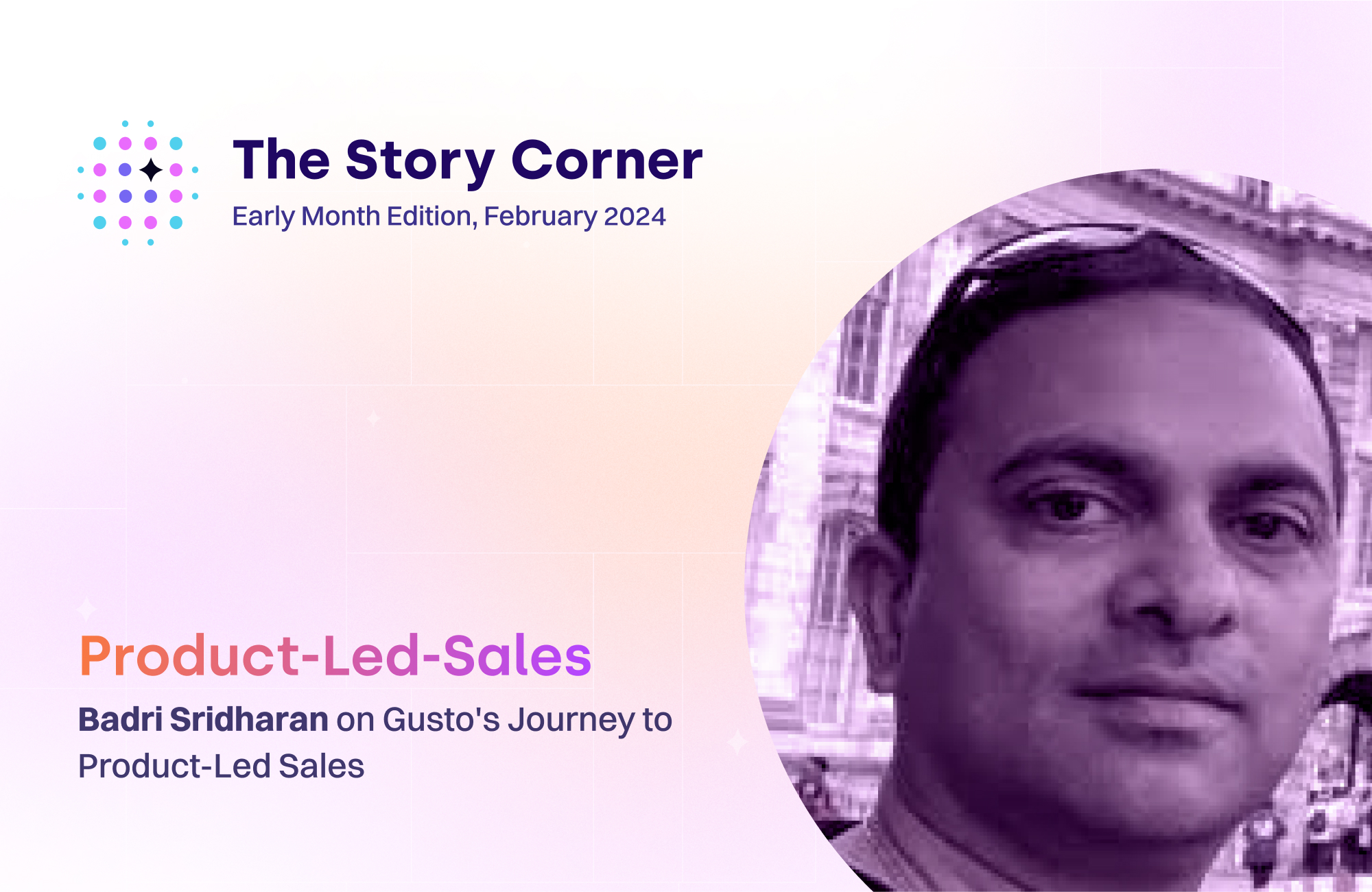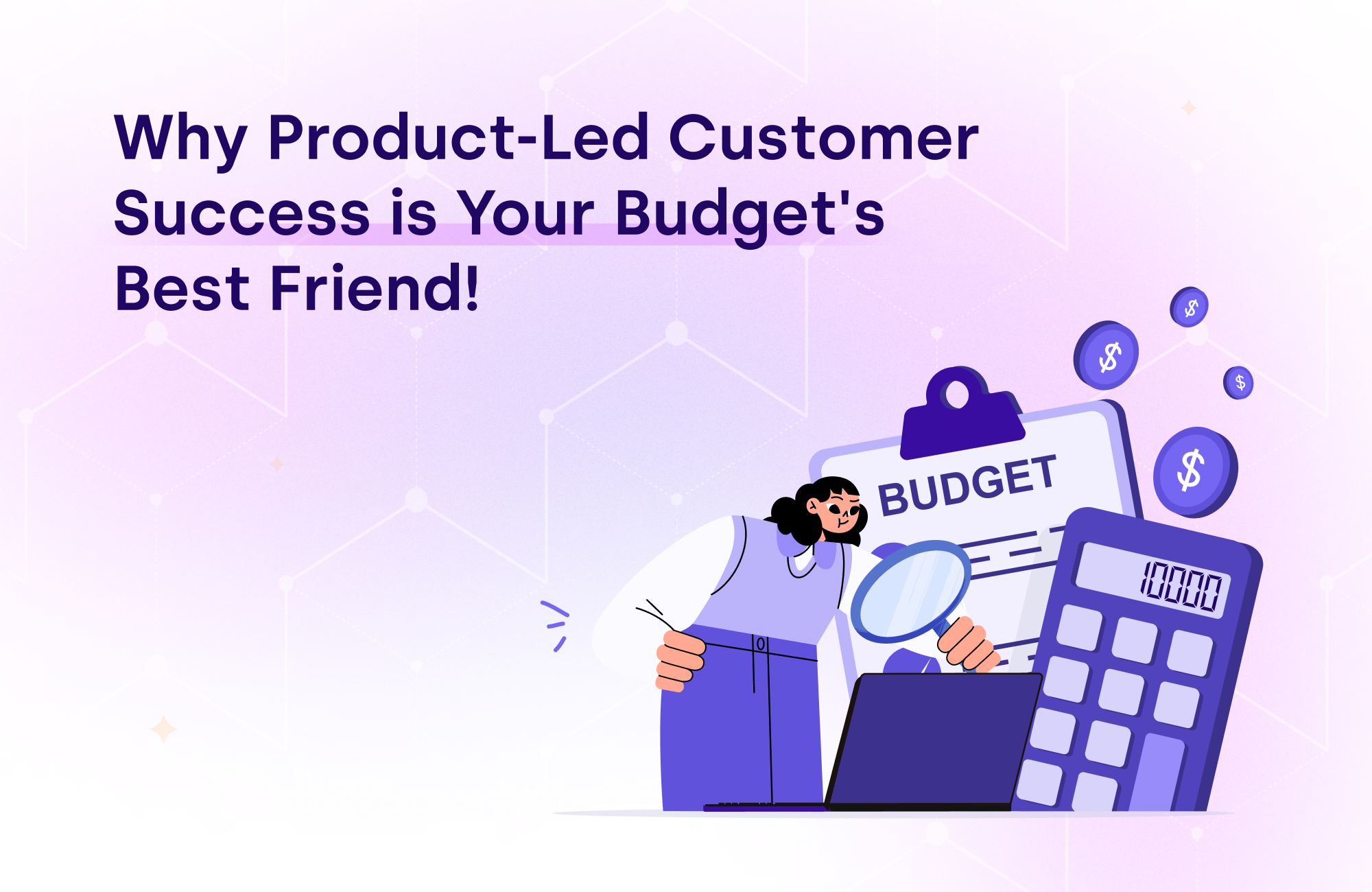A recent #FunnelStory dinner in Palo Alto brought together 15 customer success leaders for a candid exchange of ideas on navigating the ever-evolving customer success landscape. The conversation delved into key challenges and emerging best practices, highlighting the importance of clear goals, customer-centricity, and well-defined incentive structures.
Bridging the Gap Between Sales and Customer Success:
One of the central themes of the discussion revolved around the potential misalignment between sales and customer success goals. While sales teams often prioritize acquiring new customers and driving short-term revenue, customer success teams focus on long-term customer health and value creation. This misalignment can lead to sub-optimal outcomes, where customer needs are not fully addressed, hindering long-term customer retention and growth.
The group advocated for a paradigm shift towards aligning compensation plans to incentivize behaviors that drive sustainable customer success. This could involve tying a portion of sales commissions to customer adoption metrics, ensuring that sales representatives are not solely focused on closing deals but also on setting customers up for long-term success. The Snowflake model, where both sales and customer success managers (CSMs) are incentivized based on customer consumption, was cited as a successful example of such alignment.
Customer Journey Maps: A Roadmap for Success
Another key takeaway was the emphasis on the crucial role of customer journey maps in driving clarity and efficiency within customer success teams. These detailed roadmaps outline the customer experience at each touch point, enabling teams to anticipate customer needs and proactively address potential roadblocks. By understanding the challenges customers face at different stages of their journey, CSMs can provide targeted support and intervene before issues escalate, ultimately leading to increased customer satisfaction and retention.
However, the conversation acknowledged the need for flexibility, particularly when dealing with enterprise clients. Some participants suggested the need for a combined approach that incorporates both customer journey maps and joint success plans. These customized plans, tailored to the specific needs and goals of each enterprise client, can provide an additional layer of focus and ensure alignment between the customer and the vendor, leading to enhanced customer success strategies.
Cultivating Raving Fans: Beyond Customer Satisfaction
The discussion concluded with a thought-provoking shift in perspective, moving beyond the familiar concept of "customer obsession" towards the notion of fostering "obsessed customers". This subtle shift underscores the importance of exceeding expectations and creating genuine customer loyalty and advocacy. By prioritizing customer satisfaction and fostering long-term relationships built on trust and value, customer success teams can elevate their role beyond a cost or revenue center, transforming into a strategic driver of sustainable growth and competitive advantage.
Overall, the #FunnelStory dinner facilitated knowledge exchange and collaboration among customer success leaders. The discussions highlighted the critical role of clear goals, customer-centricity, and well-defined compensation structures in building a successful customer success program, ultimately leading to a win-win situation for both businesses and their customers.



